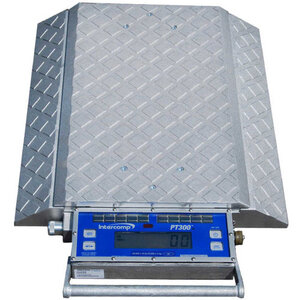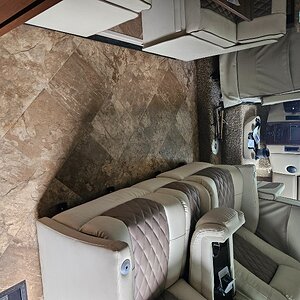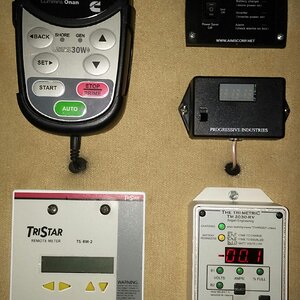Rustymayes
RVF VIP
- Joined
- Sep 11, 2022
- Messages
- 231
- Location
- Vacaville, CA
- RV Year
- 2022
- RV Make
- Newmar
- RV Model
- 4081
- Fulltimer
- No
I set my tire pressure to the recommended figures on the placard in the coach cold. Every trip, with in a half hour on the road, the tire pressure and temperature warning bells go off and the information screen shows which tires exceeded the temp target. The dealer warned me about this issue and said not to worry about it but is a PITA to constantly be cancelling the screen as I drive. This is on a 2022 Dutch Star 4081 with a Tag Axel. The warnings are mostly limited to the rear tires, not the fronts. Has anyone dealt with this and found a reasonable solution? Running lower pressure I would think would increase temps so running higher pressure might be a solution as I am running way lower than the max marked on the tires.













